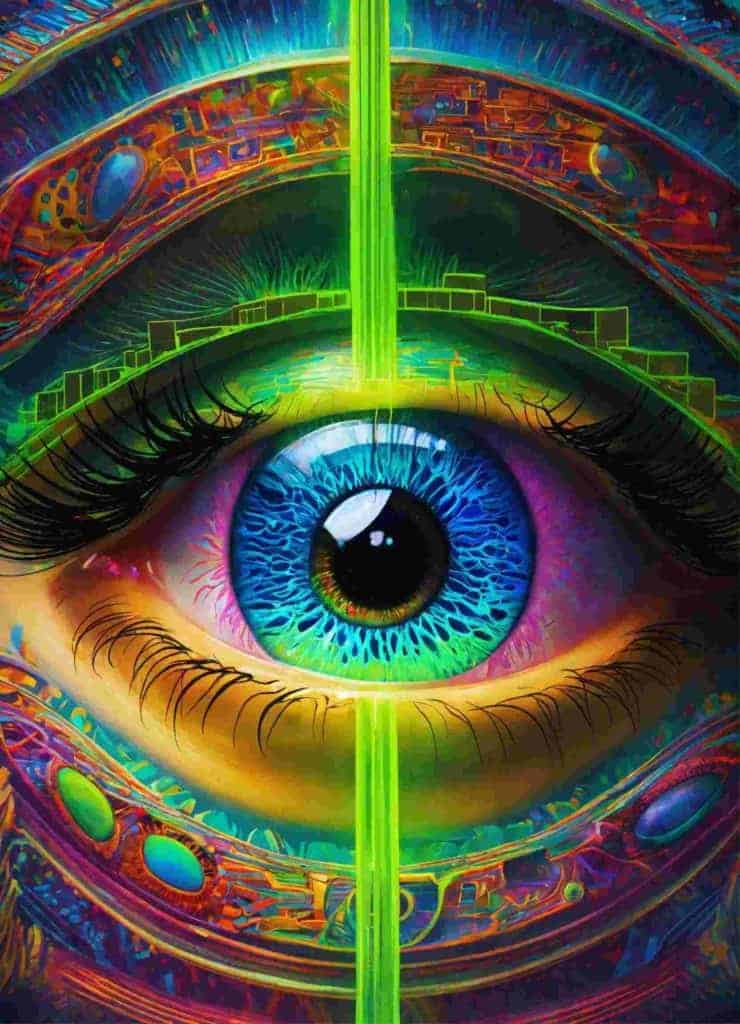Keratoconus and Vision Loss: A Personal Insight into Vision Loss
Understanding Keratoconus
Keratoconus and vision loss. Keratoconus is a degenerative eye condition that affects the shape and structure of the cornea. Over time, the cornea becomes thin and bulges outward, leading to blurred and distorted vision.
This blog post delves into the journey of living with keratoconus, highlighting the challenges, treatments, and personal experiences of someone who has battled the condition for over three decades.
Personal Perspective on Keratoconus and Vision Loss
Note: This section is written from the viewpoint of an individual who has lived with keratoconus for over 30 years. I am not a medical professional.
My Keratoconus Journey: Three Decades of Experience
Having lived with keratoconus for over 30 years and undergone a corneal transplant in the mid-90s, I offer a unique perspective, not as a medical expert, but as someone deeply familiar with the condition’s challenges.
Understanding the Inevitable Link: Keratoconus and Vision Loss
Keratoconus is a relentless, ever-progressing eye condition. Without timely intervention, vision deteriorates, sometimes rapidly.
For instance, between the ages of 19 and 25, my vision declined so swiftly that a corneal transplant became essential.
The Emotional Toll of Keratoconus
The uncertainty surrounding keratoconus can be paralyzing, especially for those unaware of their condition.
Rapid vision loss can exacerbate these feelings. Even post-diagnosis, it’s natural to grapple with anxiety and depression.
Early Effects of Keratoconus on Vision
In the initial stages of keratoconus, the impact of keratoconus might be subtle, with glasses offering adequate vision. For me, glasses were beneficial early on. However, by 21, multiple prescription changes rendered them ineffective.
The Gradual Onset: From Blurry to Unrecognizable
The vision impairment from keratoconus starts as mere blurriness. If untreated, this blurriness intensifies. Recognizing faces becomes challenging, and depth perception is compromised.
For example, before my vision restoration with scleral lenses, shiny objects appeared flat. As an example, I struggled to distinguish clean dishes from dirty ones.
Delving Deeper: How Keratoconus Effects Eyesight

Keratoconus damages the cornea, preventing it from bending light correctly. Instead of a sharp, focused beam, the cornea disperses light, leading to a blurry, two-dimensional view.
The Scleral Lens Transformation
The introduction of scleral lenses was a game-changer for me. With them, I achieved 20/20 vision. Without them, I’m legally blind.
These lenses restored not just my vision but also my quality of life with keratoconus and my sanity.
The Revelation of Restored Vision
For many with keratoconus, the true extent of our vision loss remains unknown until restoration. On my first day with scleral lenses, the vibrancy of colors, the shine off cars, and the intricate details in faces were overwhelming.
This sudden influx of information, akin to a superpower, was both astonishing and intense, leading to an information overload I still grapple with to this day.
Key Takeaways
- Keratoconus is a chronic, progressive condition leading to vision loss.
- Emotional challenges, including anxiety and depression, often accompany keratoconus.
- Scleral lenses can be transformative, offering clear vision and improved quality of life.
To Summarize
Keratoconus is more than just an eye condition; it’s a life-altering challenge. But with awareness, timely intervention, skilled practitioners, and tools like scleral lenses, there’s hope for clear vision and a better quality of life.
Explore the journey of living with keratoconus, from personal experiences to the transformative power of scleral lenses. Find hope and clarity.
Remember, this blog serves as a co-pilot and not a replacement for professional medical advice. If you or someone you know is experiencing vision problems, seek advice from a qualified professional immediately. Early detection is still our best defense.